
7 Signs Your Pancreas Needs Help Now
Many diseases share common symptoms. Chronic diarrhea, for example, is a symptom of a wide variety of gastrointestinal issues. But, it may also communicate an underlying issue with pancreatic function.
Pancreatic disease is hard to diagnose because it imitates the symptoms of other health problems. Late diagnosis may affect the treatment, especially when complications start to set in.
Although symptoms are vague, paying attention to their early signs prevents pancreatic issues from worsening. Doctors usually perform several tests to confirm a definitive diagnosis and rule out other possible causes, such as digestive, liver, gallbladder, and bile diseases.
7 Symptoms of Malfunctioning Pancreas
The pancreas is an organ in the abdomen that produces digestive enzymes for digestion and hormone regulation. It is responsible for regulating stomach acid and producing insulin and glucagon to control blood sugar.
Over time, the pancreas may sustain damage due to alcohol abuse, certain medications, trauma, and infection. High levels of fats or triglycerides, as well as stone deposits and tumors, may also affect its function. Genetics, autoimmune diseases, and chronic diseases such as diabetes further cause pancreatic issues.
Pancreatitis is the most common pancreatic problem, which may be acute (short-term but severe) or chronic (persistent and long-term). Pancreatic cancer, exocrine pancreatic insufficiency (EPI), pseudocyst, atrophy, autoimmune pancreatitis, and cystic fibrosis may potentially happen as well.
This is one organ you really don’t want to mess with. And certain everyday foods and seemingly harmless habits can silently trigger pancreatic problems. You might even be doing some of them right now without knowing it.
Click here to discover the hidden triggers that could be affecting your pancreas before symptoms even start.
A malfunctioning pancreas exhibits the following latent symptoms at an advanced stage:
Severe Abdominal Pain
A recurring pain in the upper, central, or left abdomen that radiates to the back or left shoulder blade may be a sign of a pancreatic problem. The pain is typically abrupt, deep, and burning, and it is constant and gets severe over time.
The abdominal pain gets worse after eating, particularly with fatty foods. Lying on your back may increase the pain, but it is relieved by sitting or leaning forward.
Nausea and Vomiting
Persistent nausea and vomiting, which often accompany the abdominal pain, happen when the pancreas malfunctions. If it cannot produce enough enzymes, it leads to digestive difficulties and increased stomach acid, leading to nausea. When food and digestive fluids build up in the stomach, it may result in vomiting.
Weight Loss
Patients with pancreatic problems may experience unexplained and drastic weight loss. It is due to poor digestion, delayed gastric emptying, and vomiting that causes malabsorption of nutrients. Abnormal motility and digestive malfunction also result in weight loss, which is very common in individuals with pancreatic cancer.
Doctors may recommend pancreatic enzyme supplements after every meal to help with digestion and nutrient absorption.
Greasy Stools
If the pancreas fails to produce digestive enzymes, the body will have a hard time digesting fats. All the undigested fats go into the stool, resulting in oily, pale, and floating excretion that is hard to flush.
Persistent greasy stool, known as steatorrhea, is often an obvious symptom that doctors use to diagnose a pancreatic disorder.
A bloody or tarry stool is rare in pancreatitis but can still occur as a symptom of a complication like vascular damage.
Jaundice
An inflammation of the pancreas and any blockage obstructs the common bile duct. Bile, a substance that contains bilirubin and is responsible for fat digestion and absorption, cannot flow from the liver to the intestine.
Bilirubin will pile up in the bloodstream and cause yellowing of the skin and sclera of the eyes.
The only way to treat jaundice in a pancreatic disease is to address the inflammation or the blockage through surgery.
Diabetes
Diabetes occurs when the pancreas fails to produce insulin to regulate the blood sugar level. Older adults, even those without a diabetic family history, may notice changes in their blood sugar levels. A problem in the pancreas will exacerbate existing diabetes symptoms.
Lifestyle modification, insulin therapy, medications, and pancreatic enzyme supplements can be given to address pancreatic diabetes.
>> Click here for the complete Diabetes Protocol that helped thousands already.
Fever
Fever and a general feeling of being unwell may accompany the aforementioned symptoms above. It can occur in both acute and chronic pancreatitis.
A fever in pancreatic disease is a serious symptom that needs immediate medical attention. At worst, a fever may indicate pancreatic tissue death. Thus, it will require antibiotics and painkillers or sometimes surgery to manage the condition.
Holistic Management of Pancreatic Disease
Proper diet and lifestyle modifications, such as avoiding alcohol, smoking, and fatty foods, are beneficial for pancreatic disease management. The pancreas performs better by maintaining proper weight, eating smaller but frequent meals, and keeping hydrated.
Medically, patients with pancreatic diseases receive individualized care. Doctors usually recommend digestive enzymes, antioxidants, and supplements to support pancreatic functions.
Natural remedies like tea also aid in the better functioning of the pancreas. Some herbs are also beneficial in alleviating symptoms of pancreatitis, but following the doctor’s medical advice is essential.
Certain herbs may help manage inflammation and pain associated with pancreatitis and improve pancreatic health.
Gentian Root
Gentian (Gentiana) is a traditional “bitter” used for promoting digestive health that also boosts pancreatic enzyme output. Gentian root contains gentiopicroside, a bioactive compound that reduces acute pancreatitis, according to an experimental study on non-human models.
Ginger
Ginger is a gut-supportive spice that aids in the production of digestive enzymes. Garlic (Zingiber officinale) has antidiabetic properties that can restore pancreatic cells in patients with diabetes.
Dandelion
Dandelion (Taraxacum officinale) has bioactive components that support liver and gastric functions. Dandelion root extract can induce selective cell death (apoptosis) that may negatively influence cancer cells to prevent pancreatic cancer.
A Dandelion Tincture is probably one of the most powerful remedies you can have on hand. I still remember my grandmother sending me out to pick dandelions, they grew everywhere!
She’d have me gather them and lay them out to dry on her kitchen counter. Later, she’d brew the most wonderful tea from them. When I got older, I learned to make my own dandelion tincture, just like she did.
Sadly, where I live now, everything’s too close to the roads, and I can’t find flowers that aren’t contaminated with chemicals and exhaust fumes. That’s why I source my dandelion tincture from here.
It’s harvested from clean, wild places, just like the ones my grandmother used to pick.
Turmeric
Turmeric (Curcuma longa) is a panacea herbal remedy for inflammatory conditions, oxidative stress, and digestive disorders. Curcumin demonstrates excellent anti-inflammatory action that helps reduce inflammation and protects the pancreas against acute pancreatitis.
Now, I’ve received countless emails from readers after previous articles saying they don’t know what to pair turmeric with to get the full benefits. I mentioned that adding one specific ingredient boosts curcumin absorption by up to 2000%. Type in the comments which ingredient you think it is, and let’s strengthen our community by sharing what we know. Let’s learn together!
Green tea
Green tea reduces the risk of pancreatic cancer and chronic pancreatitis. Green tea (Camellia sinensis) improves insulin sensitivity and glucose homeostasis, which prevents pancreatic cell damage and inflammation. Regular consumption of green tea at a lower temperature may also reduce the risk of pancreatic cancer, according to a population-based case-control study.
Pancreatic Support Tea
Herbal bitters are popular digestive aids that boost pancreatic function. While they are excellent in disease prevention, bitter tonics may also cause flare-ups and worsen existing conditions. Hence, they should be used cautiously.
If you have pancreatitis and other related problems, herbal teas are the best form to consume. However, a doctor’s advice is still recommended before using any herbal formulation, particularly if taking medications.
This pancreatic tea recipe uses pancreas-supportive herbs and spices like dandelion, turmeric, and ginger. The invigorating brew balances the hormones and may improve the digestive and pancreatic functions.
Dandelion Turmeric and Ginger Tea
Ingredients
- 1 tbsp dandelion root (or 20 drops of This Dandelion Tincture for boosted effect)
- 1 ½ cups water
- ½ inch ginger root, sliced
- ½ tsp turmeric powder
- Pinch of black pepper
Steps
- Place dried dandelion roots in a saucepan over medium heat and roast until fragrant.
- Once fragrant, add water, sliced ginger, turmeric powder, and black pepper to the dandelion.
- Bring to a boil and reduce the heat to allow the tea to simmer, at least 15-30 minutes.

- Strain the dandelion, turmeric, and ginger tea into a mug and consume while warm. You may also add honey to make it more palatable.
To use: Take a cup of the pancreatic support tea once a day, but avoid taking it for a long period of time.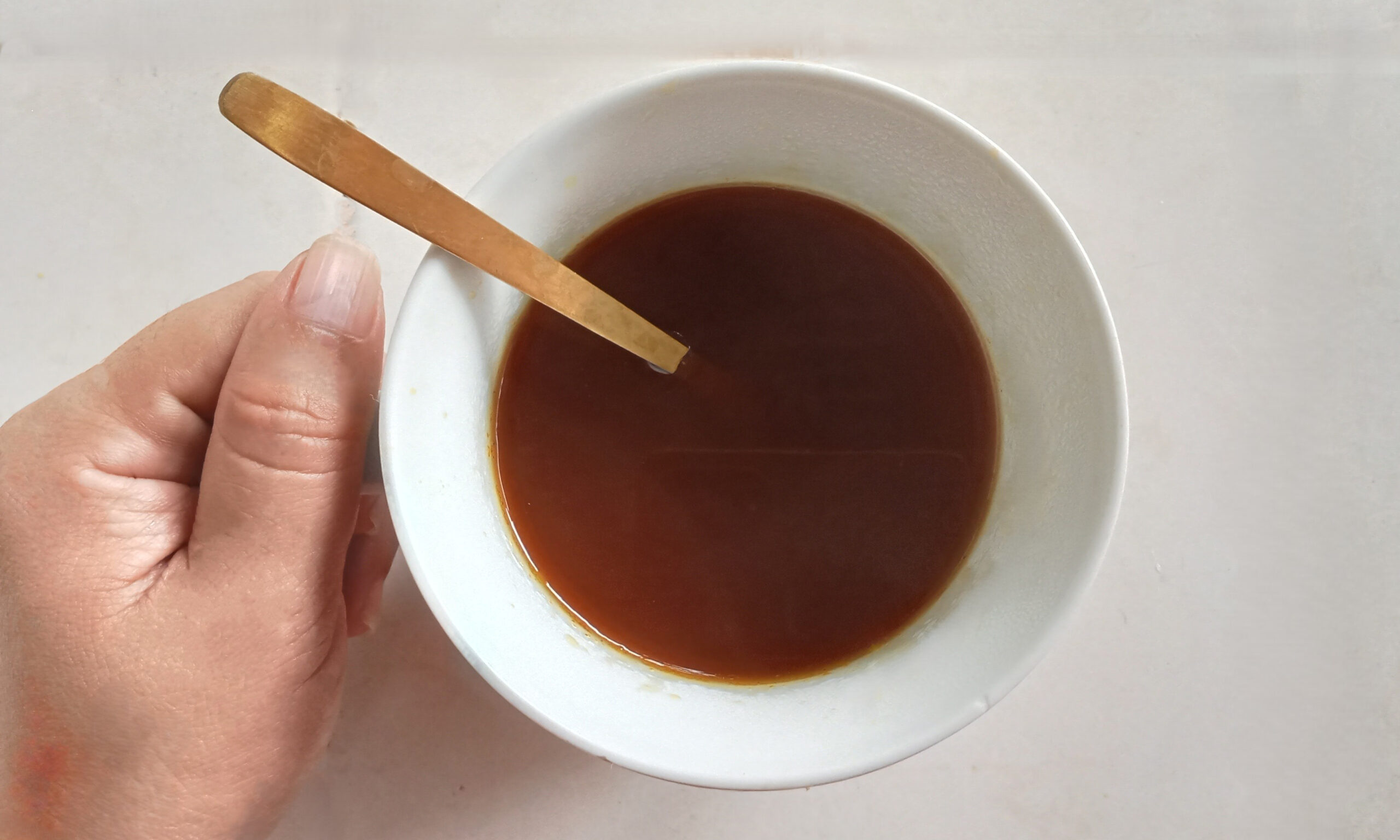
The Book I Wish I Had 20 Years Ago (And Why You Need It Now)
Treating your liver or pancreas is a long-term journey. You can’t repair years of damage with just a cup of tea, as wonderful as it might be. That’s why you may need support for those symptoms I mentioned above. The ones that can steal the joy right out of your life. They might not happen every day, but you know when they do hit, they hit hard.
That’s why my personal recommendation is to be prepared with the wisdom of our ancestors, remedies that have been tested through generations and actually work. Check out a few of them in the table of contents:
Everything is organized by body system, so you can easily find what you’re looking for. Whether it’s for digestive issues, liver support, pancreatic health, or anything else that might be bothering you. Each remedy has clear instructions and pictures to guide you through making it at home.
I always say it’s better to have these remedies on hand before you actually need them. There’s nothing worse than feeling awful at 2 AM and wishing you had something natural to reach for.
You can find the book here while they’re still available.






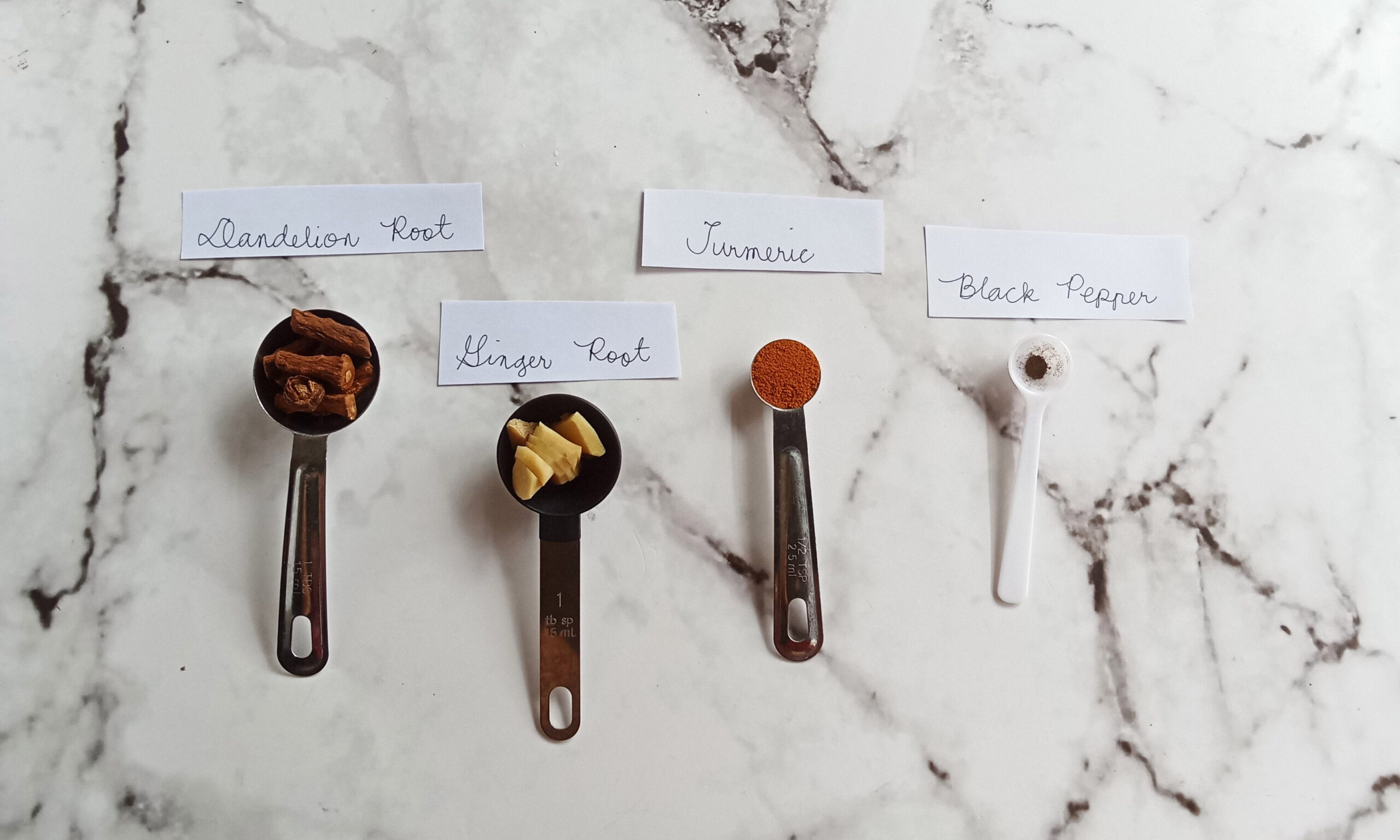
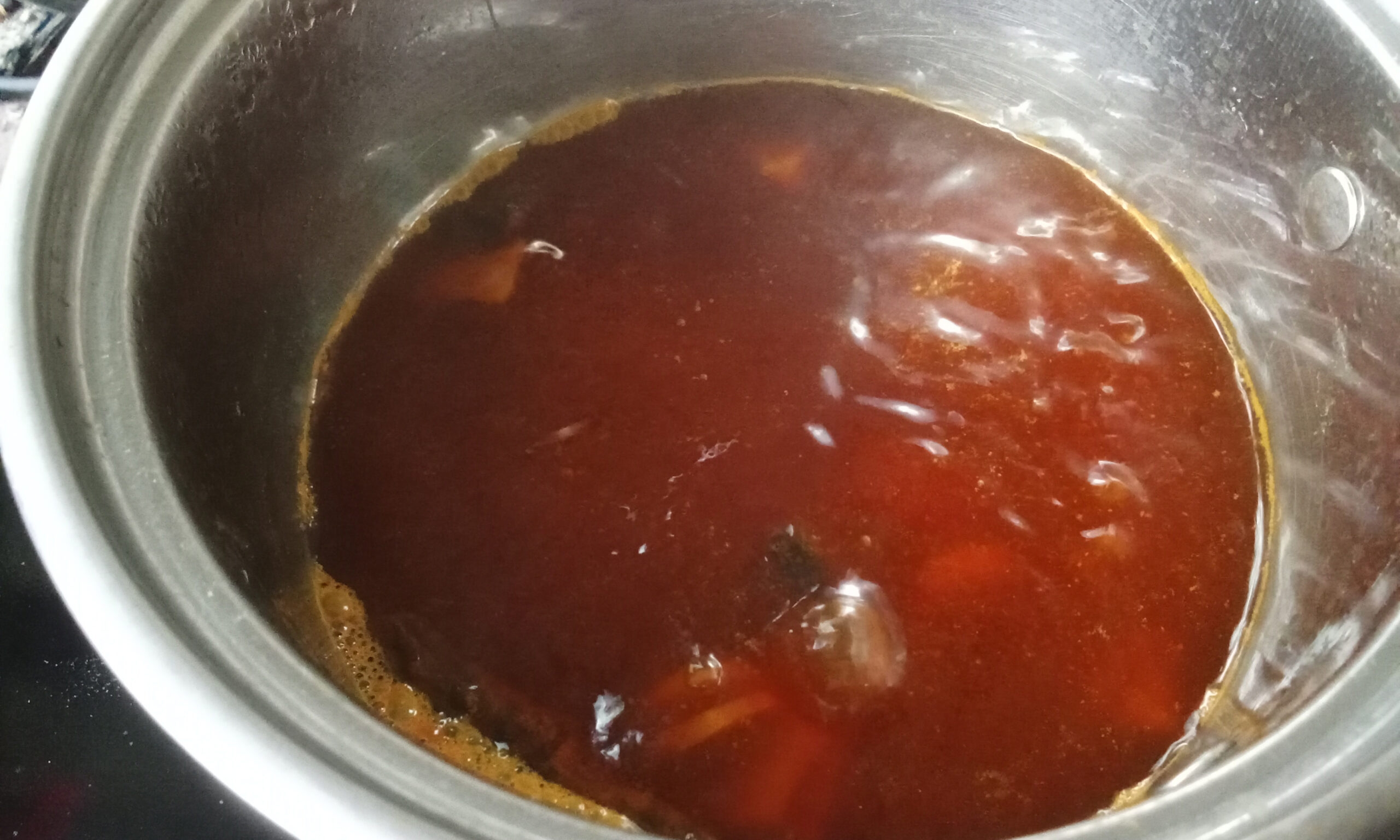
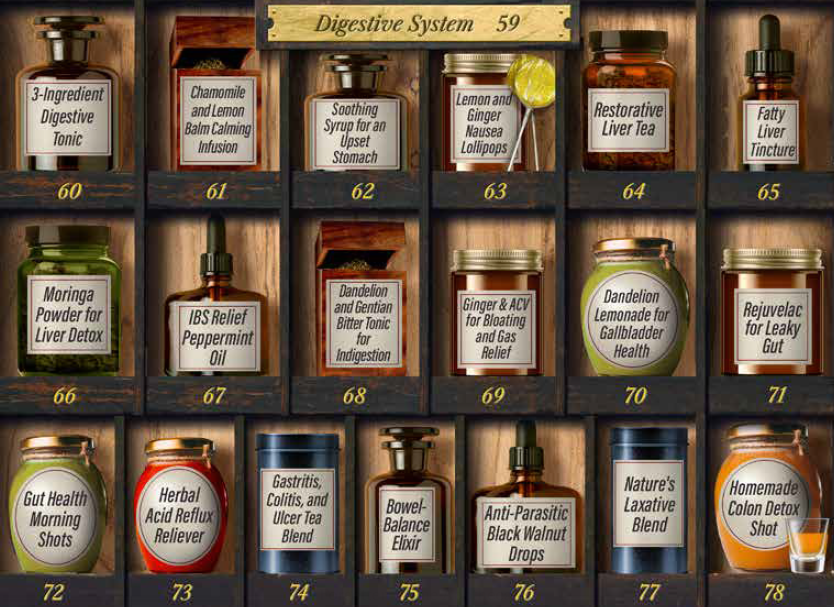
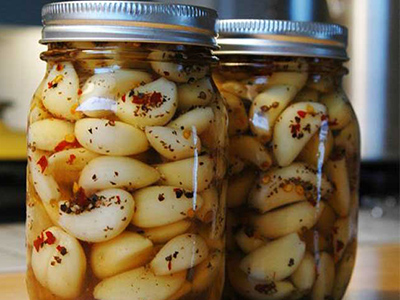
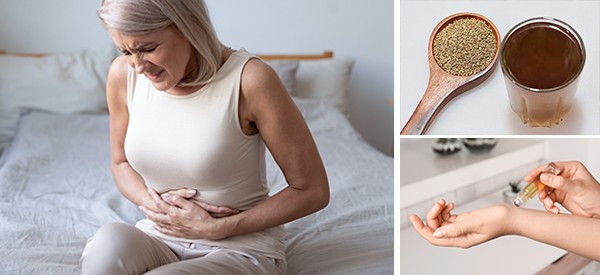

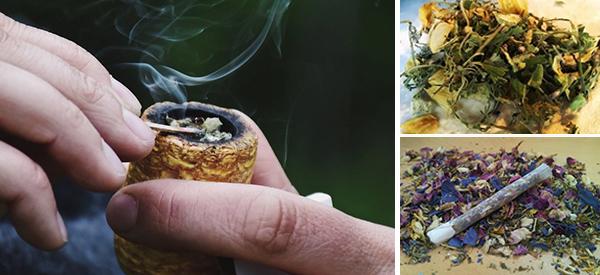
Add black pepper to turmeric. It contains berberine, which helps the body absorb the tumeric.